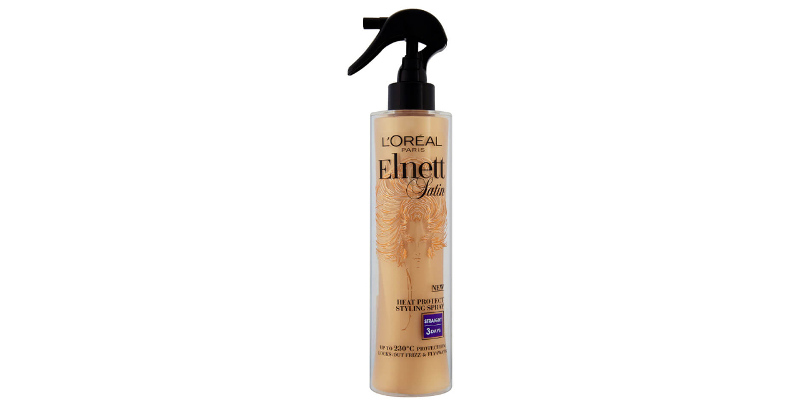Direct injection PET grades
While PET is very established for products in which biorientation of PET offers enhanced mechanical and gas barrier properties, the material was not even considered for injected articles normally made of PETG, PC, PMMA, PP or styrenics. NovaPET engaged the resources of its PET Technical Centre to develop a full range of PET grades intended for direct injection, commercially named as NovaPET Sprit. These grades are all food-contact (UE/FDA) & Pharmacopeia (EP/USP) compliant, as well as 100% recyclable in existing RPET stream.
Their functionality is mainly a balance between fluidity and crystallisation rate, covering the growing demand from diverse sectors, driven in most cases by both sustainability, economics and performance criteria. Focused on packaging, mainly cosmetics and food, Sprit grades are also used in medical applications (e.g., blood collection test tubes), automotive (e.g., number plates), and quite a number of technical parts from shelf dividers to water filter housings. As an example, Sprit B21 is intended for the injection of ultra-thin wall articles (<1mm thick), like terrines, pots or glasses, having flow length to thickness ratio L/T over 120.
| NovaPET Grade | Major properties | Intended Thickness (mm) | |
| Sprit B21 | MFI (285ºC ; 2.16kg) = 190 g/10min | < 1 mm | |
| Sprit L21 | MFI (285ºC ; 2.16kg) = 125 g/10min | 1 – 2 mm | |
| Sprit H11 | MFI (285ºC ; 2.16kg) = 36 g/10min | 2 – 4 mm | |
| Sprit H30 | MFI » H11 // slower crystal. rate | 4 – 6 mm | |
| Sprit G11 | MFI » H11 //+++ slower crystal. rate | up to 10mm |
The use of standard bottle grade PET will either lead to incomplete filling, injection overpressure or haziness due to crystallisation. In many cases, NovaPET Sprit grades successfully replaced other materials in direct injection processes using the same existing moulding tools, just by adjusting processing set-up. Being hygroscopic, appropriate drying conditions prior to processing are required. Although not compulsory, a valve-gated hot-runner system is highly recommended. As for the cooling stage, thicker parts will demand chilled water (~5 ºC), whilst ultra-thin parts might run better if tempering the mould. Demoulding behaviour and cycle time have been particularly challenging when running existing tools. Undoubtedly, development of specific tools and technical know-how for such PET applications will be welcomed as well, as it was formerly the case for the preform production. NovaPET performed the characterisation of most of the Sprit grades obtaining the raw data that converters will use for simulating the injection process from the early stages of their development.

